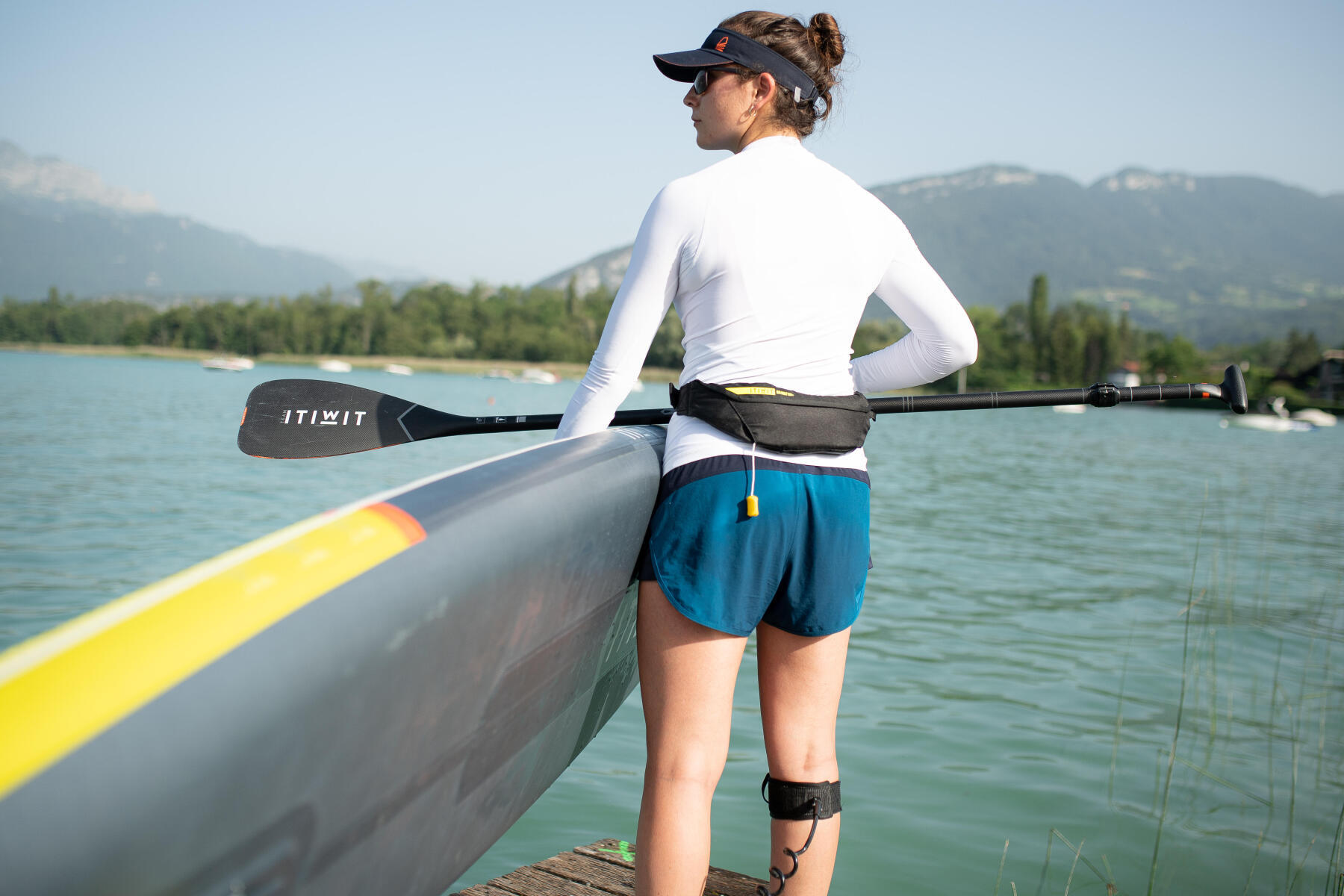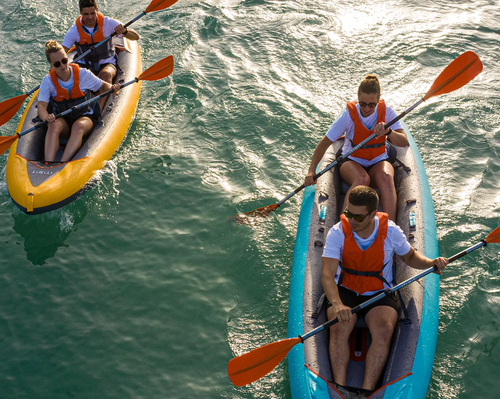What is the paddle board and how does it work?
The stand-up paddle board, also known as a Stand Up Paddle Board (SUP), is a floating board that allows an individual to move on water by using a paddle to propel themselves forward. It is commonly used for navigating calm bodies of water, such as lakes, rivers, or oceans.
Compared to a traditional surfboard, the paddle board is typically longer, wider, and thicker, which makes it easier to float and provides greater stability for the paddler. There are various types of paddle boards available, including inflatable and rigid boards.







